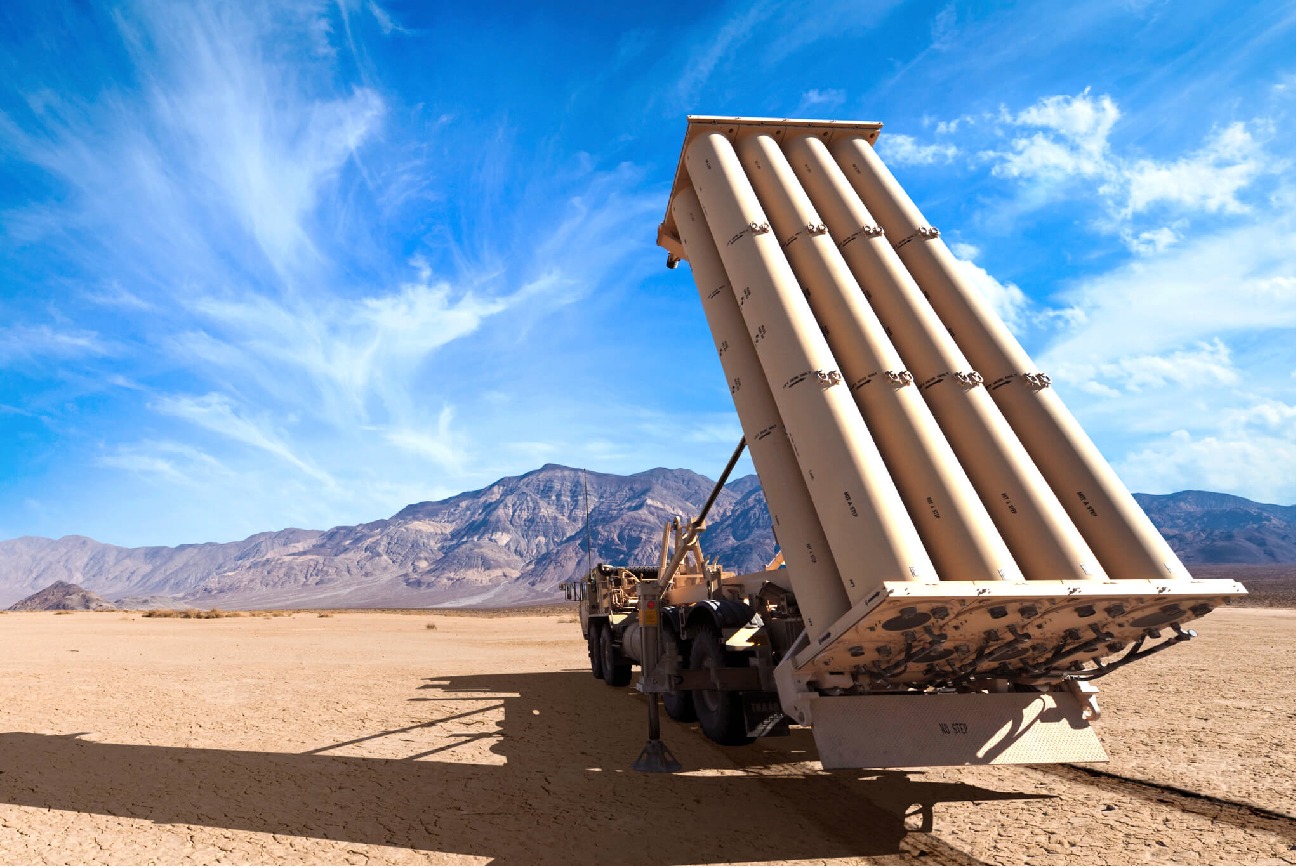In a strategic move to fortify America’s westernmost Pacific territory against potential threats from adversaries like China and North Korea, a former military housing area near the Marine Corps’ newest base has been revamped into a missile defense facility equipped with the THAAD air defense system.
The South Finegayan neighborhood, now known as Site Excalibur, stands out as the most developed among various missile-defense facilities planned for Guam, said Task Force Talon commander Col. Jonathan Stafford.
Task Force Talon, a battalion-sized unit consisting of 200 soldiers on Guam and 100 operating Japan-based radars, has been stationed in the South Finegayan neighborhood since September.
The commander shared this information with Stars and Stripes on November 30. According to the report, the task force has deployed “six Terminal High Altitude Area Defense, or THAAD, launchers, a radar, command and communications gear and dozens of armored vehicles.”
Task Force Talon originally operated from Andersen Air Force Base, east of Blaz. The relocation to Site Excalibur has provided additional space, allowing the deployment of all six THAAD launchers and reducing conflicts with aircraft.
Colonel Jonathan Stafford, the commander of Task Force Talon, highlighted the site’s development, stating that it is “by far the most developed site” among the multiple missile-defense facilities planned for Guam.
Colonel Stafford emphasized the austere nature of the base, reminiscent of those occupied by US troops in combat zones.
Establishing Site Excalibur is a pivotal step in the broader initiative to construct a comprehensive 360-degree missile defense system in Guam.
This response is driven by perceived threats from potential adversaries such as China and North Korea, encompassing various missile types, including ballistic, cruise, and hypersonic missiles.
The Missile Defense Agency anticipates that the entire system, comprising up to 20 sites across the island, will be operational by 2027.
Currently stationed at Site Excalibur, soldiers work within repurposed shipping containers, signaling the start of a significant military construction effort.
Colonel Stafford emphasized that this location, originally a closed housing area, would serve as the long-term base for Task Force Talon, with plans for essential facilities like a motor pool and headquarters building underway.
Guam’s Strategic Significance In Countering China
Over the past two decades, Guam has emerged as a linchpin of Pentagon strategy, gaining heightened significance as China’s military capabilities and ambitions have expanded.
Defense officials view Guam, the closest US territory to the contested South China Sea, as a pivotal hub for projecting power and defending the region, particularly within the first island chain encompassing Okinawa, the northern Philippines, and Taiwan.
Despite the increasing number of operational “spokes” in the region, Guam remains a substantial and indispensable hub.
Guam’s defense infrastructure comprises the Army’s Terminal High Altitude Area Defense (THAAD) ballistic missile defense system and the Navy’s Aegis system off the coast.
The Missile Defense Agency (MDA) continues to support these defense mechanisms, allocating a substantial budget of $801 million for Guam’s defense in fiscal 2024.
Most of the MDA’s funding is earmarked for developing a comprehensive, integrated air and missile defense architecture for the island, emphasizing research, development, test, and evaluation initiatives.
That being said, the relocation of the Terminal High Altitude Area Defense (THAAD) system, which has been on the island for nearly a decade, underscores Guam’s strategic role.
This move provides expanded operating space for the THAAD battery and frees up valuable Air Force real estate at Andersen Air Force Base.
The decision to relocate THAAD stems from assessments by the Missile Defense Agency, which focuses on the emerging threats posed by hypersonic and ballistic missiles.

Moreover, around 5,000 Marines from the III Marine Expeditionary Force on Okinawa are set to transition to Blaz over the next five years, coinciding with ongoing construction projects.
In addition, Guam boasts well-equipped ports that cater to the needs of nuclear submarines and aircraft carriers, underscoring its importance as a logistical hub for naval operations.
The Pentagon is currently making substantial investments in diversifying its forces, capitalizing on new basing agreements with allies. This strategy allows US submarines to deploy forward to Australia.
It enables Air Force jets to operate from remote air bases throughout the western Pacific under the Agile Combat Employment (ACE) concept.
- Contact the author at ashishmichel(at)gmail.com
- Follow EurAsian Times on Google News




